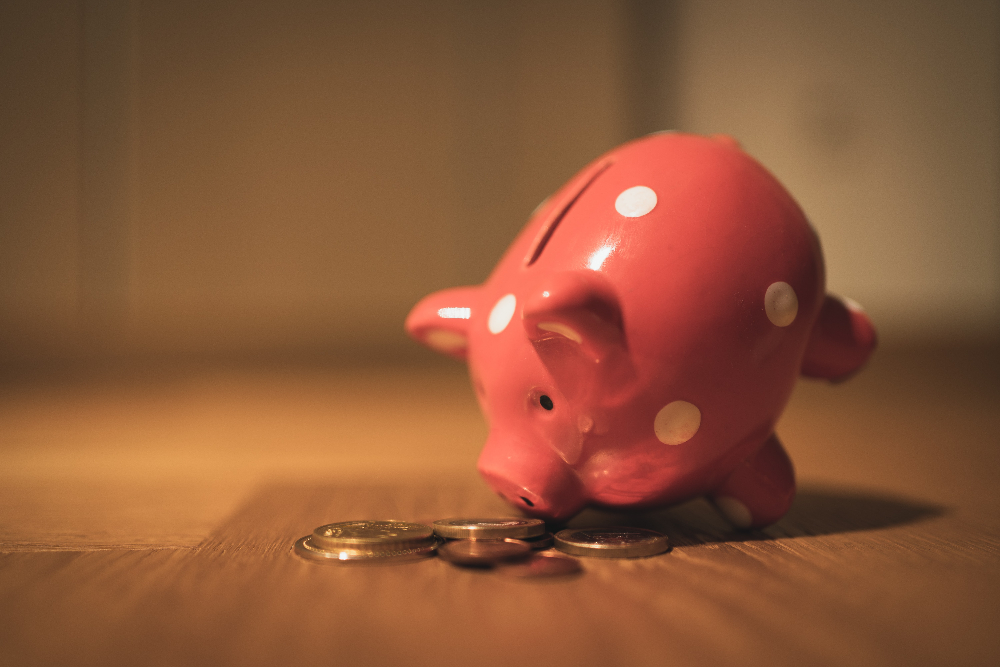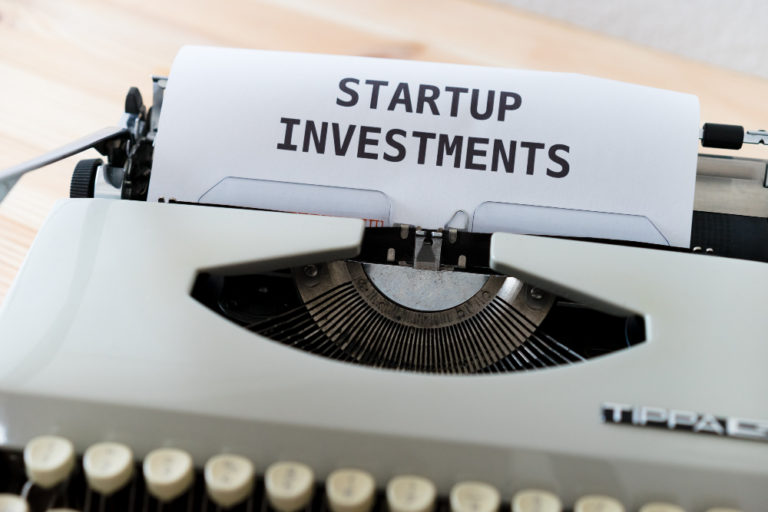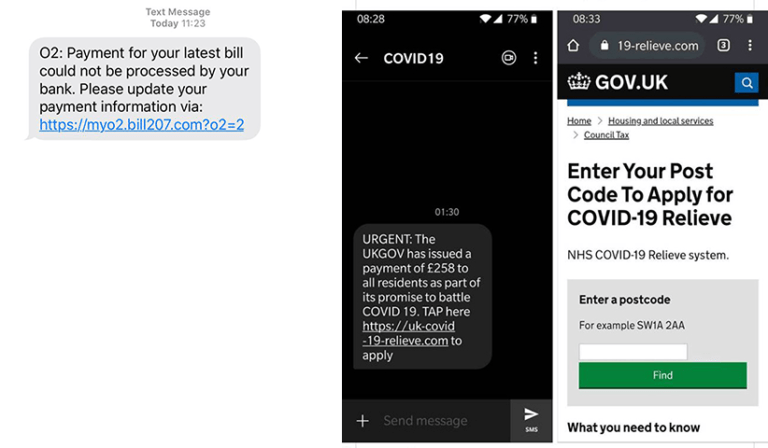Three ways 2022 will be more expensive than 2021
Money Talk is intended to inform and educate; it's not financial advice. Affiliate links, including from Amazon, are used to help fund it. If you make a purchase via a link marked with an *, Money Talk might receive a commission at no cost to you. Find out more here.
In its final statistical release before Christmas, the Office for National Statistics (ONS) revealed that inflation in the UK had risen far above the projected 4% set out by the Bank of England earlier this year.
As a reminder, there are three measures of inflation tracking how prices have changed over time and each one is used slightly differently.
Covid restrictions in 2020 and the lack thereof in 2021 means that the increase in inflation is, well, inflated.
Even so, the Consumer Prices Index (CPI) measure, which the Bank of England uses, went up by 5.1% – that is, prices in November 2021 were on average 5.1% higher than in November 2020.
And, unfortunately, things are looking even more expensive in 2022.
Cost of borrowing will rise
Pushed by how much higher inflation is compared to projections, the Bank of England finally increased the Bank Rate to 0.25% on 16 December – up from the 0.1% it’s held since the beginning of the pandemic.
After a bit of a lag, other banks will generally follow suit by adjusting their interest rates up. Broadly speaking, two things will happen next.
Higher interest rates mean those who have outstanding debts, including credit cards, loans and mortgages, will suddenly find their bills a little bit more expensive.
In the case of mortgages, the number of people falling short of affordability tests may also increase.
On the flip side, savers may finally see interest rates on savings products creep up. It’s unlikely to meet inflation rates for some time, though.
In the coming months, it’ll all be about budgeting if money is tight. A no-spend challenge might be a fun way to do it.
Rail fares will increase by 3.8% in March
After a little delay, the government has confirmed a rail fare increase of 3.8% for 2022 – a percent less than usual (although exactly what was anticipated last year).
Normally the government works out the rail fare increase by adding an extra percentage to the Retail Price Index (RPI) measure of inflation from July of the previous year.
But for 2022, the government has decided to deviate from this formula to strike a balance between protecting consumers and allowing rail firms to meet the costs of running trains and making improvements to the lines.
It’s also delaying the fare increase until 31 March, as it did in 2021, so you can continue to buy rail tickets at 2021 prices until then.
For commuters, Flexi Season Tickets have been available since June 2021. It’s basically a season ticket if you only need to commute part of the week.
Household bills will go up again
In the aforementioned ONS release, the Consumer Prices Index including owner occupiers’ housing costs (CPIH) measure of inflation rose by 4.6% in November 2021, up from 3.8% in October of the same year.
One of the biggest contributors to this – in addition to the transport costs that fed into the CPI – was the increase in household bills as a result of the energy crisis.
As I wrote in October last year, energy prices have been going through the roof.
Those on fixed tariffs have been shielded from the turbulence so far while those on variable tariffs will have seen their bills jump up in October, when the current energy price cap kicked in.
In April 2022, the energy price cap is expected to go up even more, and will affect many more people as existing fixed tariffs come to an end. We won’t know how much this will be until industry regulator Ofgem announces the numbers in February.
Until then, the advice for everyone is simply to stay put and do nothing.
Most energy suppliers have pulled their fixed tariffs and any that you do find will likely be more expensive than the energy price cap.
And as so many smaller energy firms have collapsed in recent months, even some of the bigger suppliers are not currently taking on new customers.
The best way to save on your energy now is by reducing your usage – here are a few ideas.







